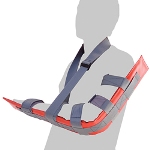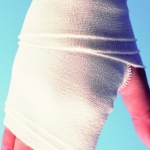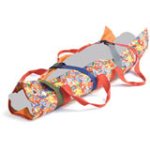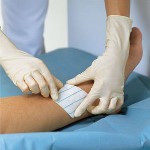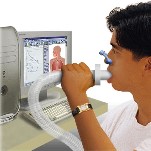 Suture removal technique
Suture removal technique
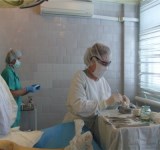
To fix and hold the edges of the wound in surgery, suturing is used. After 5-7 days, the skin sutures must be removed, that is, the suture material must be removed. This manipulation is carried out according to the doctor's prescription and under his control. The technique for removing sutures is not particularly difficult, but requires the nurse to be attentive, dexterous and follow all the rules of asepsis and antisepsis.
The indication for suture removal is wound healing. With an extensive wound, the sutures are first removed through one, and the rest are removed the next day. The main thing for a nurse is to ensure that no suture material remains in the patient's skin.
Suture removal equipment
- Sterile gloves, mask.
- Sterile kidney tray.
- Auxiliary kidney-shaped tray.
- Waste tray.
- Sterile gauze pads.
- Tupfers.
- Anatomical tweezers.
- Sharp sterile surgical scissors.
- Alcohol 70%.
- Iodonate or iodopyrone.
- Cleol or adhesive plaster.
- Disinfectant containers.
Preparation for suture removal
- The day before, we inform the patient about the upcoming manipulation and its necessity. We explain the essence of the procedure in an accessible way, we create a positive mood in the patient, the desire for recovery.
- Before the procedure, we control the sterility of materials and instruments.
- We wash our hands and put on sterile gloves.
- We place sterile material and instruments on a sterile tray.
- In the auxiliary tray we have glue, adhesive plaster, if necessary - a bandage.
- We put the tray for the waste material near the place where we will perform the manipulation.
Suture removal technique
- We remove the bandage over the seam, drop it into the prepared tray.
- We examine the wound and count the number of stitches that need to be removed.
- We treat the wound with a solution of iodonate, iodopyrone or 70% alcohol using napkins or tupfers with blotting movements. The dressing material is changed to sterile as the wound is treated. Processing is carried out twice - first wide, then narrow.
- With anatomical tweezers, grab the suture knot and slightly lift it.
- After the appearance of 2-3 mm of a white thread above the skin surface, we bring a sharp branch of scissors under it and cross it.
- We remove the thread with the knot: gently, without applying excessive force, pull the seam with tweezers. The thread lying on the surface should not get under the skin.
- We put the extracted thread on a gauze napkin.
- We check the integrity of the wound. If there is a gap, we ask the doctor about the number of stitches to be removed (most likely, not all will need to be removed).
- Remove as many stitches as needed.
- Count the number of removed stitches.
- We control whether the suture material remains in the skin.
- We treat the wound with an antiseptic solution (alcohol, iodonate).
- Apply a sterile dressing to the wound.
- We fix the napkin with glue or adhesive tape, if necessary - with a bandage.
The final stage
- The spent dressing material and used tools and gloves are immersed in containers with a disinfectant solution.
- We wash and dry our hands.
The correct technique for removing sutures and observing the rules of asepsis can avoid complications such as infection of the wound.
We also suggest watching a video on the topic:
